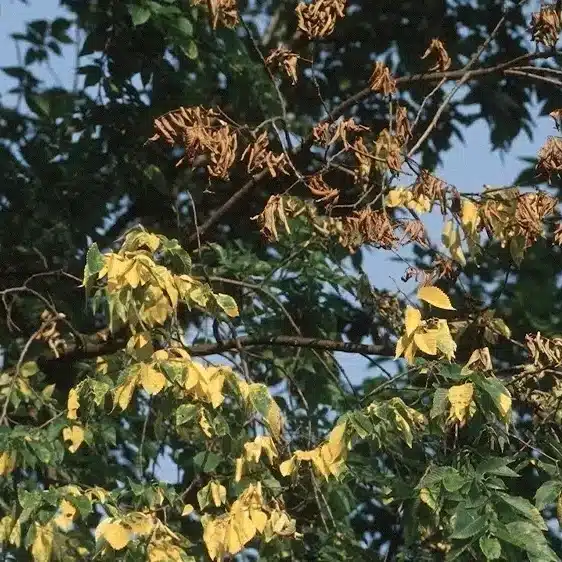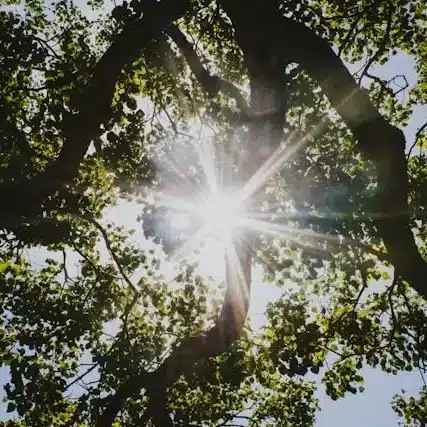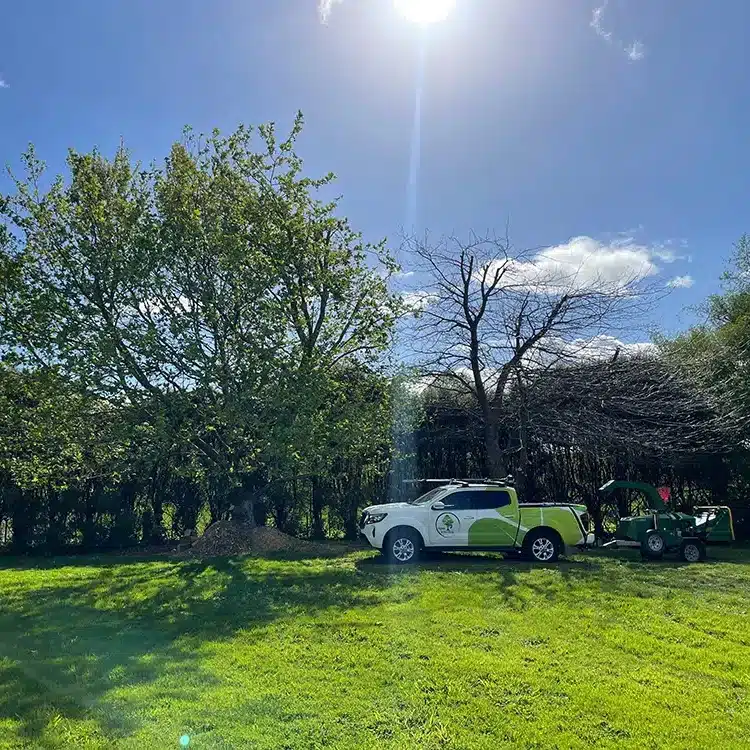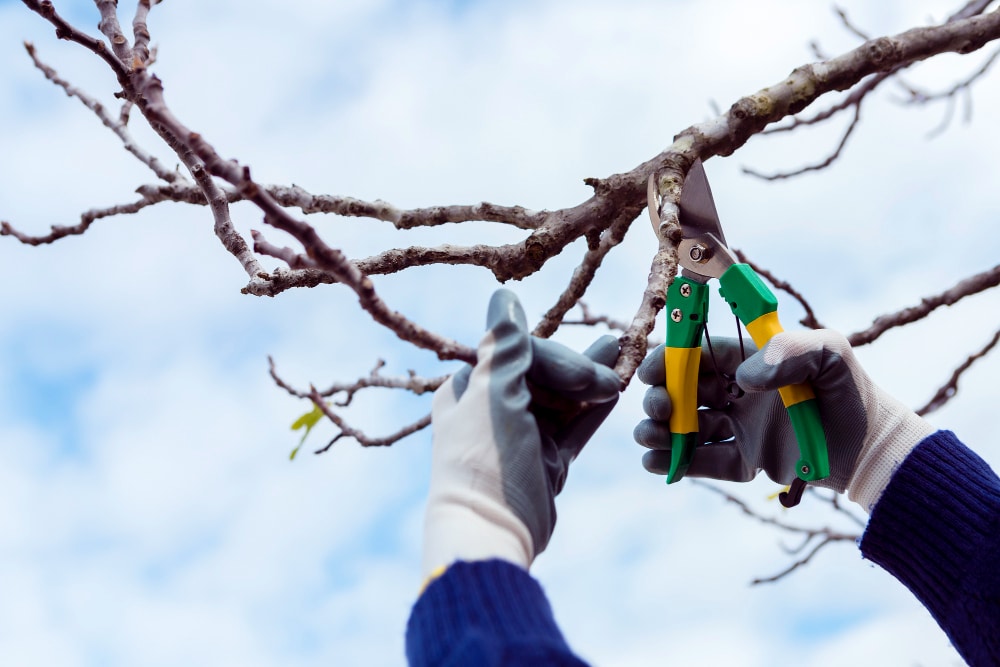
A well-trimmed or pruned tree can transform the landscape and enhance the beauty of your surroundings.
Most people dont know that tree pruning is not only beneficial for appearance but also plays a significant role in the overall health and well-being of our environment.
Tree pruning is more than grabbing your pruning shears and getting to work.
To name a few important points, tree pruning includes:
- Crown reduction
- Thinning the tree canopy
- Managing pruning wounds
- Waiting for the right time to Prune
- Leveraging structural pruning techniques.
We have put together this comprehensive guide, to ensure you are well-equipped with expert Arborist tips and techniques to give your trees the love they deserve.
It’s time to roll up your sleeves, grab your gardening gloves, and dive into the art of tree pruning and trimming.
Avoid These Common Mistakes When Trimming and Pruning Trees
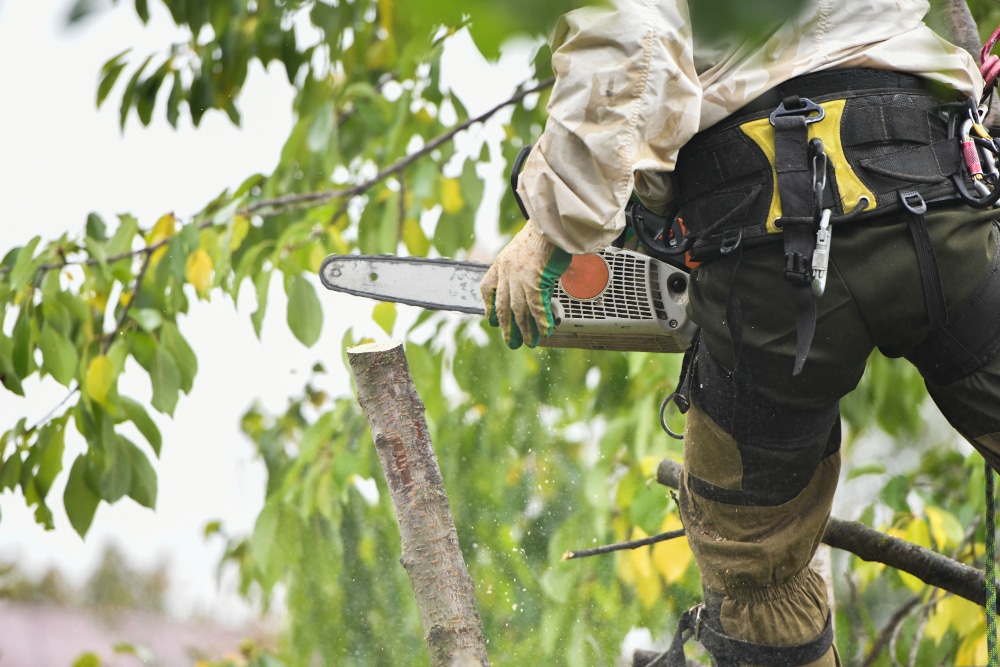
Before we start with pruning, let’s go over some common mistakes that even the most seasoned gardeners can make. By avoiding these pitfalls, you’ll ensure that your trees flourish and thrive for years to come.
- Don’t overdo it: Over-pruning can weaken your tree’s structure and leave it vulnerable to disease and pests. It’s best to strike a balance between removing dead or damaged branches and preserving the overall shape and strength of the tree. Over-pruning can also harm your tree and can even lead to the tree dying.
- Tools of the trade: Using the wrong tools or using them incorrectly can lead to rough cuts also known as pruning wounds that hinder proper healing. Invest in high-quality pruning shears, loppers, and saws designed for different branch sizes and types. Incorrect hedge trimming can also lead to problems so you have to be careful with the hedge trimming also.
- No topping allowed: Removing the tops of trees, known as topping, is highly discouraged. It results in unsightly regrowth and weakened branches. Let’s keep our trees looking their best by avoiding this harmful practice.
- Safety first: Climbing trees without proper safety gear is a risky game. Always prioritise safety by wearing a helmet, harness, and other protective equipment when working at heights. For challenging pruning tasks, consider calling a professional arborist who has experience with tree services.
When is the Right Time to Prune the Trees in New Zealand – According to Arborists?
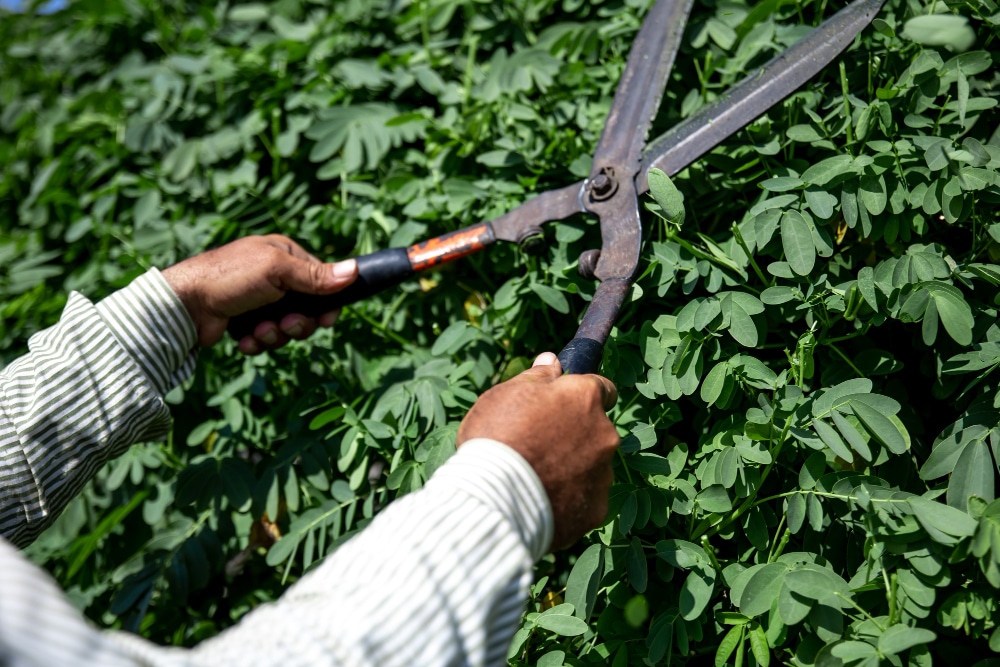
According to arborists in New Zealand, the best time to prune trees is when they are in a dormant state. A dormant state is a period of rest and minimal growth for trees, typically occurring during winter or in response to unfavourable weather conditions.
Winter is generally considered the ideal time for pruning. This season is ideal because it allows for faster healing and reduces stress on the trees. Specifically late winter starting from early August is considered the best time to prune trees for better tree care.
However, plants and trees that bloom on new growth should be pruned in the winter and early spring, while those that bloom on old growth can be pruned later in the season.
It’s important to note that different tree species may have specific pruning requirements. Therefore you should consult a professional arborist to determine the most appropriate timing for pruning trees in New Zealand.
Step-by-Step Guide: How to Properly Trim and Prune Your Trees
Now, let’s dive into the world of tree pruning and trimming. We’ll walk you through an 8-step professional tree pruning guide that will have your trees looking tip-top in no time. If you also love trees like we do then get ready to unleash your inner arborist!
- Survey the trees: Start by inspecting your trees for any signs of overgrowth, disease, pests, or dead branches. Identifying and removing these issues like pests and diseases at an early stage will prevent further harm to your trees.
- Timing is everything: As we stated earlier, late winter or early spring is your aim for tree pruning. However, for flowering trees, the best trimming time is after they have bloomed. Consult your local arborist for specific pruning times in New Zealand.
- Tools of the trade: A good tradesperson always has the right tools. Ensure your pruning equipment is clean, sharp, and up to the task. Clean cuts made with sharp tools promote faster healing and reduce the risk of infection.
- Out with the old: Start by removing any dead, dying, or diseased branches. Make clean cuts just outside the branch collar, that swollen area at the base of the branch, to help your tree heal effectively. This will also help you with land clearing around the trees therefore making the trees look beautiful and well managed.
- Create breathing space: Thin out overcrowded branches that are crossing, rubbing against each other, or crowding the tree’s canopy. This will improve air circulation and allow more sunlight to reach the inner branches, promoting overall tree health.
- Shape it up: Trim back branches that are growing too long or in undesirable directions. Use selective pruning techniques, such as heading cuts or thinning cuts, to shape your tree while preserving its natural form and beauty. Consult experienced arborists if you are not sure about what shape would best suit a specific kind of tree.
- An artist’s eye: Step back after each pruning cut and evaluate the overall appearance of your tree. Aim for a balanced and aesthetically pleasing shape that complements your garden landscape.
- Leave no trace: Once you’ve finished pruning, clean up and dispose of the debris properly. Avoid leaving branches or clippings near the base of the tree, as they can attract pests and promote disease.
Why Regular Tree Trimming and Pruning is Important
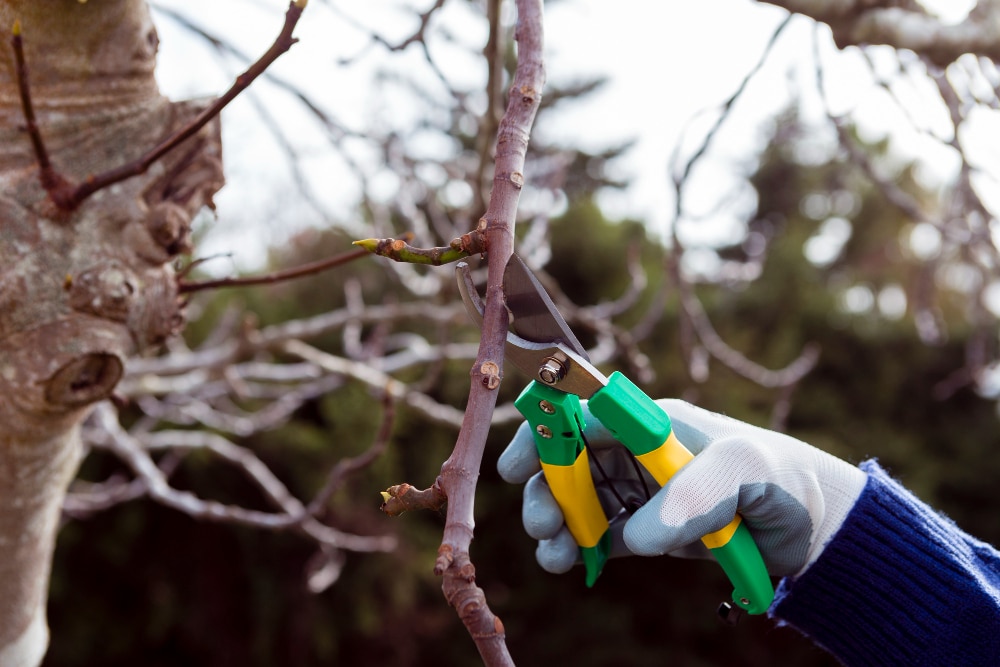
Now that you’re equipped with the knowledge and skills of a seasoned arborist, let’s explore the benefits of regular tree trimming and pruning. Embracing this practice will ensure your trees thrive.
Health is wealth
Removing dead or diseased branches prevents the spread of infections and promotes overall tree health. Pruning also improves air circulation and sunlight penetration, reducing the risk of fungal diseases.
Strength and stability
Proper pruning enhances the structural integrity of your trees by removing weak or crossing branches that can pose a hazard during storms or high winds. Keep your trees standing tall and strong, even in the face of New Zealand’s wild weather.
Beauty in bloom
By shaping your trees through selective pruning, you can enhance the beauty of your trees, thus ensuring a pleasing look on your property.
Avoiding potential hazards
How would you feel if a large tree branch fell on your expensive car? Not so good eh? Regular trimming reduces the potential hazards posed by weak or dead branches. By removing these branches, the risk of property damage or personal injury during storms or high winds is significantly reduced.
Hire the Most Experienced Tree Pruning Kiwi Force Today
Apex Arborists is a professional tree services company with over a decade of experience when it comes to managing trees. Our friendly team of arborists would love to help you manage your trees.


